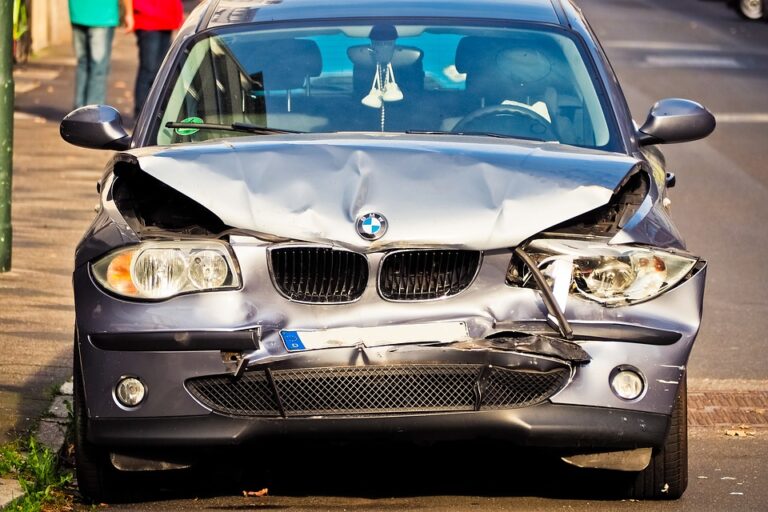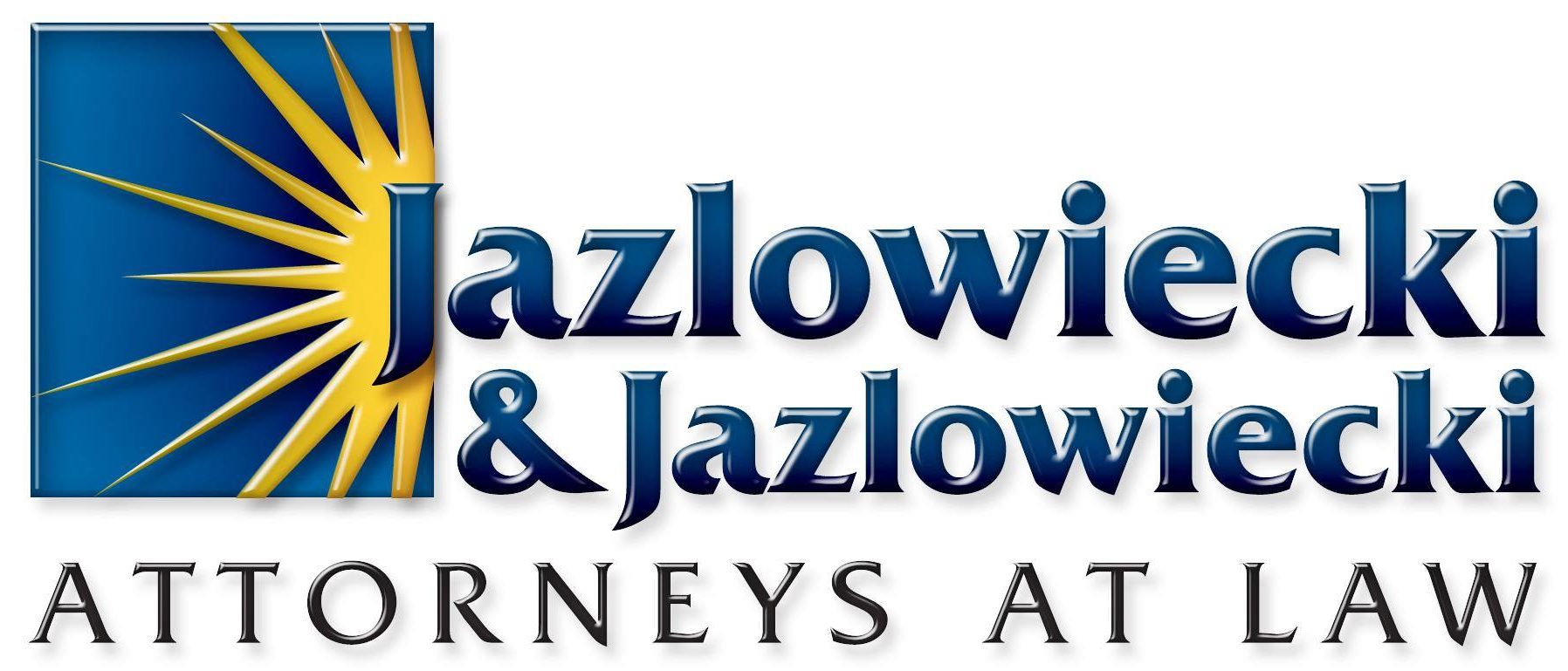Connecticut Auto Accident Lawyers
Every year in Connecticut thousands of people are injured on Connecticut state roads, highways, and local streets. If you or your family have been injured in a car accident through the fault of someone else, the personal injury lawyers at Jazlowiecki & Jazlowiecki, LLC can provide the legal help to aggressively pursue your personal injury case. We will work with you to hold all responsible parties accountable and help you obtain the financial compensation that you deserve; either by way of settlement or through litigation if necessary. Call or Text our Law Firm at (860) 674-8000 (or submit your case HERE) and speak directly with a licensed attorney. You will learn about your legal rights and how Jazlowiecki Law may be able to help you. The Consultation is always 100% Free. Jazlowiecki Law has been protecting the rights of the Severely Injured since 1974. We are available for auto accident investigations and litigation in Connecticut and New York and work with firms across the United States.

Evaluate Your Case
Contact UsDo I Have A Car Accident Case?
While every accident is unique in what caused the event, there are several common causes:
 1. Distracted Driving: Distracted driving is becoming one of the leading causes of auto accidents. In most cases, the driver is distracted by their cell phone. However, distractions can also occur when the driver is using the radio or GPS, is looking for something in the car seat next to them, is avidly talking with passengers, or is looking at something on the side of the road. See Connecticut General Statutes for Laws on Cell Phone Use While Driving Sec. 14-296aa.
1. Distracted Driving: Distracted driving is becoming one of the leading causes of auto accidents. In most cases, the driver is distracted by their cell phone. However, distractions can also occur when the driver is using the radio or GPS, is looking for something in the car seat next to them, is avidly talking with passengers, or is looking at something on the side of the road. See Connecticut General Statutes for Laws on Cell Phone Use While Driving Sec. 14-296aa.
2. Unsafe Road Conditions: Road conditions can change quickly with the New England weather and lead to driver error. Also, construction zones and traffic jams, notorious on I-84 and I-95, can also lead to unsafe road conditions and accidents.
3. Driving Under The Influence: Drivers who have been consuming alcohol or other substances can be very dangerous on the road. Decision making and response skills are often slowed, and drivers’ judgment can be impaired. A lot of accidents occur when one driver is under the influence.
4. Reckless Driving: The driver of the other car may have acted recklessly while driving. This could include weaving in and out of traffic, excessive speeds, not obeying traffic signals or even dangerous turns.
5. Malfunctioning Equipment: Sometimes an accident occurs due to a manufacturers defect in the automobile such as a defective airbag, an ignition switch problem as seen with GM, and a host of other possible issues including brake, engine and seatbelt problems.
“Do I have case?” You will never regret getting important information that may change your life.
100% FREE! Toll Free Call: 1(833) 529-5295
Auto Accident Statistics:
- Each year there are more than 1 million whiplash cases reported in the United States.
- Each year there are more than 3 million injuries from transportation accidents.
- Each year more than 10,000 people will die in U. S. drunk-driving crashes – 1 in every 50 minutes.
- 500,000 truck and commercial vehicles were involved in accidents in 2010.
- Each year, more than 100,000 motorcycles are involved in crashes according to stats from the NHTSA.
- Motorcyclists are 39 times more likely than passenger vehicle occupants to be killed in a crash according to NHTSA.
Representing Vehicle Accident Victims:
- 18 Wheeler Truck Accidents
- Auto Accidents
- Bus Accidents
- Construction Vehicle Accidents
- Heavy Equipment Vehicles
- Limousine Accidents
- Minivan Accidents
- Motorcycle Accidents
- Scooter Accidents
- SUV Rollover Accidents
- Taxi Accidents
- Tractor Trailer Accidents
- Truck Accidents
- Shuttle Van Accidents
- Truck Accidents
What Is My Car Accident Case Worth?
No two cases are identical; and there is no exact formula to valuing an auto accident lawsuit. Some of the most important factors in valuing a motor vehicle accident claim are the following:
- The total cost of your medical bills; this includes what you paid, what insurance paid, and write-offs/adjustments
- The amount of time missed from work and the amount of lost wages (and loss of earning capacity)
- The pain and suffering you had to endure as a result of the injuries; this can include emotional pain and distress
- The extent of your injuries; how severe they are, which body parts, are the injuries permanent?
- How much has your quality of life been affected; how were you before the injuries vs. after the fact
- Who is at fault? Do they have insurance? Are they judgment proof? Do you have additional Insurance (UIM/UM)
Jazlowiecki & Jazlowiecki has a long history of achieving high settlements and verdicts for its clients, and securing the financial compensation they deserve. While every case is different and depends upon its own set of circumstances, and past successes do not guarantee the same results, we invite you to browse some of our Recent Results.
Connecticut Jury Instruction for Car Accidents (What you need to prove):
The plaintiff must prove that any (injury/harm) for which (he/she/it) seeks compensation fromthe defendant was caused by the defendant. The first issue for your consideration is, “Was the plaintiff (injured/harmed)?” If the answer is no, you will render a verdict for the defendant. If the answer is yes, you will proceed to the second issue, which is “Were such (injuries/harm) caused by the negligence of the defendant?” This is called “proximate cause.”
Negligence is a proximate cause of an injury if it was a substantial factor in bringing the (injury/harm) about. In other words, if the defendant’s negligence contributed materially and not just in a trivial or inconsequential manner to the production of the (injury/harm), then (his/her/its) negligence was a substantial factor. If you find that the defendant’s negligence was not a substantial factor in bringing about the (injury/harm) suffered by the plaintiff, you will render a verdict in favor of the defendant. However, if you find that the defendant’s negligence was a substantial factor in causing (injury/harm) to the plaintiff, you will consider the (allocation of liability, assessment of damages, etc.).
For specific statutory Negligence Jury Instructions, please consult the CT Judicial Branch’s List of Jury Instructions:
3.7-1 Statutory Negligence – Reckless Driving 3.7-2 Statutory Negligence – Speeding
3.7-3 Statutory Negligence – Traveling Unreasonably Fast
3.7-4 Statutory Negligence – Slow Speed
3.7-5 Statutory Negligence – Passing 3.7-6 Statutory Negligence – Left Turn
3.7-7 Statutory Negligence – Right of Way at Intersections
3.7-8 Statutory Negligence – Lights
3.7-9 Statutory Negligence – Unsafe Tires 3.7-10 Statutory Negligence – Brakes
3.7-11 Statutory Negligence – Failing to Drive a Reasonable Distance Apart
3.7-12 Statutory Negligence – Driving in Right- Hand Lane
3.7-12A Statutory Negligence – Driving in Right-Hand Lane – Slow Speed
3.7-13 Falling Asleep While Driving 3.7-14 Negligence – Un/Under-Insured Motorist
3.7-15 Right to Assume that Others Will Obey the Law 3.7-16 Lookout
3.7-17 Failure to Sound Horn 3.7-18 Sudden Emergency
3.7-19 Family Car Doctrine – General Statutes § 52-182
3.7-20 Presumption of Agency – General Statutes § 52-183
At Jazlowiecki & Jazlowiecki Law, our Personal Injury Lawyers have been protecting the rights of the severely injured since 1974. We aggressively represent our clients!
